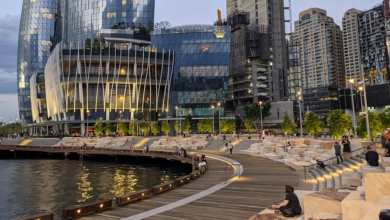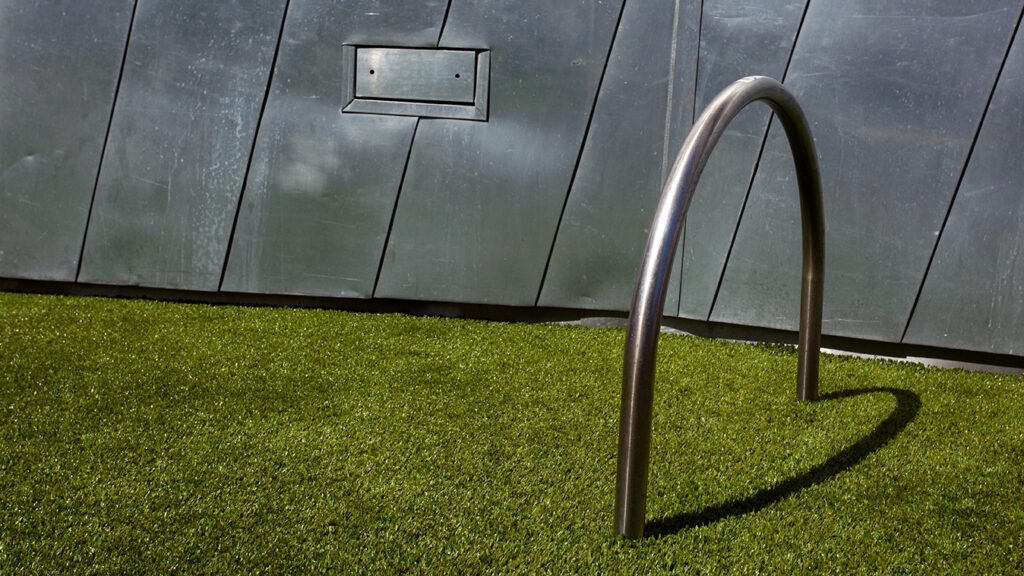
Astroturf urbanism: The post-pandemic city’s empty heart
From temporary bike-lanes to pop-up outdoor dining, many cities have turned to the tools of “tactical” urbanism for practical solutions to the challenges of COVID-19. But as Marcus Westbury argues, the deeper urban issues that these tactics were originally developed to address remain.
As Melbourne emerged from almost four months of COVID-19 lockdowns in October 2020 the streets were eerily empty. Peak hour traffic was missing in action. Trains and trams had a fraction of their usual passengers. The nearly one million people that traveled to, from and through the Melbourne CBD each day pre-pandemic had plummeted by 90 percent.
Melburnians had tried to persevere through Australia’s longest COVID-19 lockdown. People worked from home. Businesses turned inside out. Takeaway counters moved to windowsills. Driveways and doorways became pick up points as click-and-collect, capacity-restrictions and check-in-codes became the price of doing business.
Nonetheless, the impact was the biggest shock the city had seen in decades. A tidal wave of bankrupt businesses and vacant spaces. Abandoned shop fronts with mail piling up and handwritten notes on the door. Familiar places gone completely. An epidemic of ‘For Lease’ signs invited complex existential questions about the future of the city.
Yet, as summer warmed up only a few months later, the most visible change compared to the pre-pandemic city was not so much the absence of people and activity as the very obvious presence of it. Melbourne’s pent up population was spilling onto the streets. Footpaths were awash with lattes, carparks were pumping with pints and former roadways had been reclaimed for cycling and seating.
Coming out of lockdown, the City of Melbourne had unleashed a torrent of temporary activity. Laneways were closed for outdoor dining, carparks became serving spaces and streets were repurposed for cycling. State and local government had worked to rapidly rejig regulations, open up purse strings and seed a wave of street level experiments previously unthinkable. The City of Melbourne alone issued nearly 1000 permits for outdoor dining between October 2020 and April 2021. Over 200 outdoor dining parklets were installed.
Melbourne was notable but not unique. Across Australia and around the world, cities and towns have been responding to the post-COVID reality by embracing outdoor urban activity and experiments—repurposing cheap materials, building simple structures and reclaiming former car spaces. It is an approach that draws heavily on decades of ideas and experiments by “tactical urbanists.” The result is a version of the city familiar from decades of Critical Mass bike rides, Reclaim the Street parties and pop-up “Park-ing days.”
As Australia emerges and learns from the pandemic, we have a rare opportunity to recalibrate the way we create and use our shared urban spaces. Beyond the debate as to whether or not pop-up infrastructure will endure, a better question might be whether cities and communities will continue to embrace the kind of fast, cheap experimentation popularised in the crisis.
Just how much is the “new normal” we return to going to permanently change the way we live, work, learn and play, and our cities along with it?
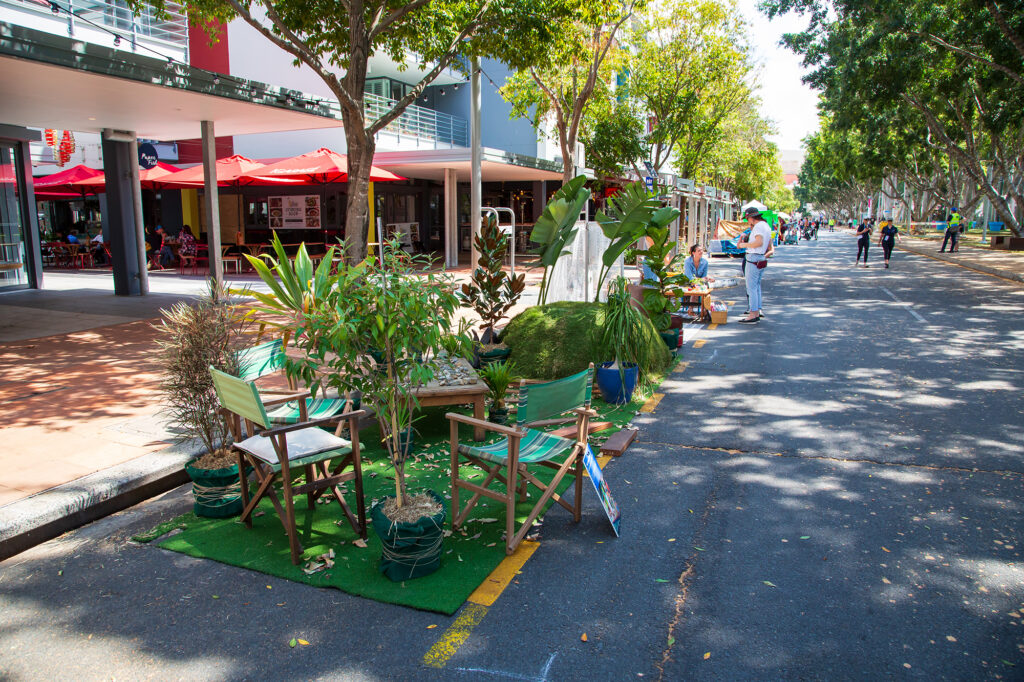
Australia’s ‘Global Cities’ take a COVID-19 hiatus
Australia has long seen its major metropolitan centres as ‘Global Cities.’ But while international flows of people and capital have shaped and reshaped Australia, few stopped to consider what it would mean if global connections splutter or stop. 18 months ago, it would have been near impossible to imagine the country’s urban centres without tourism or the constant flow of international students; today, they are noticeable only for their absence, and the effect on these centres is profound.
In Sydney, one of the first impacted and hardest hit areas was The Rocks. This iconic area between the Sydney Harbour Bridge and the Opera House saw foot traffic collapse by 95% in March and April 2020. Even as formal restrictions lifted, the lack of tourists, limited local catchment and the challenges of an area characterised by historic buildings that don’t adapt easily to COVID-19 requirements meant bringing people back created a steep challenge.
The response was one of the earlier and more successful street reclamations in Australia. Beginning initially in July with closing a lane of traffic on busy George Street for events and activations for what was initially intended to be a month, the project was then extended and expanded into nearby laneways. By October it grew to encompass 20 alfresco premises and public space used for music performance and activations—supported by a raft of licensing and regulatory changes. While overall visitor numbers have not returned to pre-pandemic levels, the number of Sydneysiders enjoying and discovering the precinct is up significantly.
Away from locked down city centres and tourist zones, other parts of Australia experienced the impacts of the pandemic very differently, and at different times. In many places, the immediate considerations were not so much existential as pragmatic. Even in towns and cities where COVID-19 wasn’t present, the new needs for social distancing, ventilation and capacity controls confronted business owners, policy leaders and governments with practical challenges.
Even while Melbourne was locked down and tourists were locked out, the New South Wales Department of Planning began rolling out street reclamation projects that stretched far beyond the places most obviously affected by COVID-19. As part of a state-wide “Streets as Shared Spaces” initiative, the state supported 52 pilot projects in local councils to reclaim street spaces for physical distancing, safe travel, local exercise and attracting people back to support struggling business.
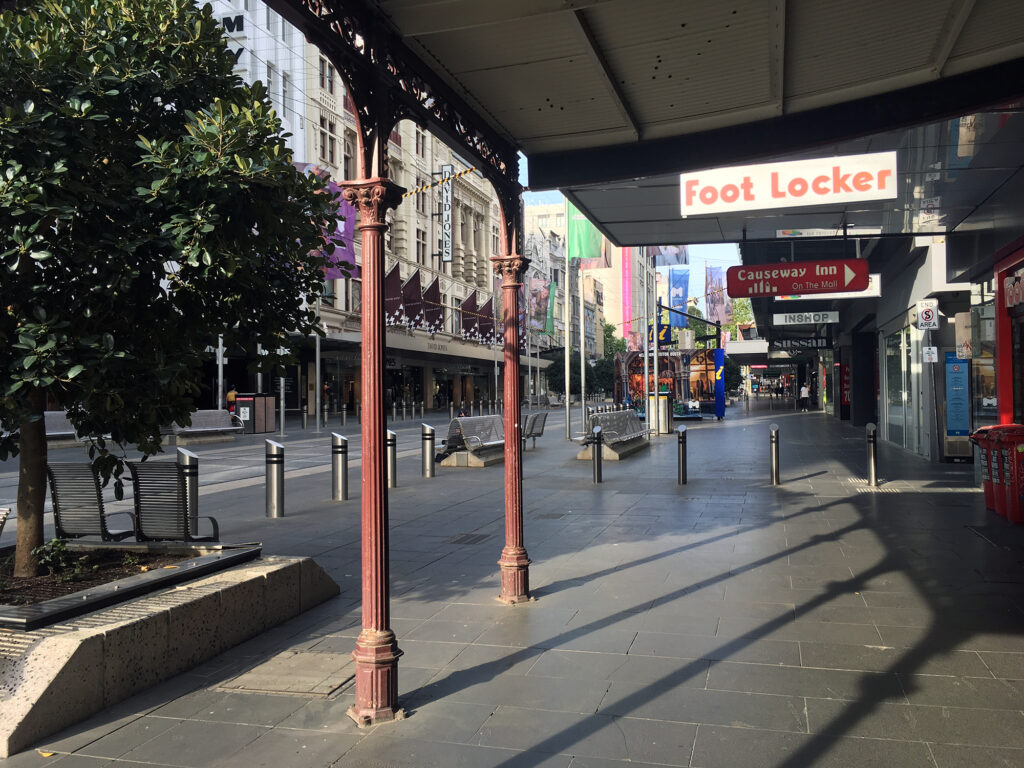
While most of regional NSW never saw a COVID-19 case, small town Crookwell installed pop-cycle lanes, planters and parklets. At Scone in the upper Hunter Valley, the council created pop-up dining spaces behind traffic barriers created by local children. A program called “Spaced Out” brought temporary parklets to Lismore’s CBD.
In parts of suburban Sydney, the need was perhaps more pressing. In Coogee Village—a popular dining and shopping strip in Randwick—old building stock and limited footpath space made COVID-19 requirements highly challenging. A pilot project saw traffic changed to one way and 4000 square metres of reclaimed road space opened up for seating and public recreation, and 1000 square metres opened up to dining.
While the pilot began as a three-month trial in November 2020, it was successful enough to be extended a further three months through to May. However, as COVID-19 concerns began to ease, tensions between pop-up space, parking requirements and the growing logistical needs of food delivery drivers saw the temporary infrastructure removed and dismantled just ahead of Sydney’s own wave of lockdowns and restrictions, in mid-2021.
While the fate of Coogee’s experiment to reclaim its streets shows that not all pop-up projects are destined to endure, others show that temporary projects can also run up against challenges that are enduringly problematic.
One of the more positive early impacts of the pandemic was a massive surge in cycling. Regular commutes ground to a halt as people worked from home and stayed close to their neighbourhoods. Public transport usage plummeted while lockdowns shuttered many gyms. Bike sales surged to the point where cycle shops began to run out of stock.
Greater Sydney saw cycling grow by 40%. In Brisbane, a city that has remained largely free of the virus after a small initial outbreak at the beginning of 2020, demand for cycling grew by 30% on average and up to 90% on some popular routes. In both cities, governments were quick to announce plans, pilots and support for expansive pop-up cycling routes to what, so far, seems to be different degrees of success.
In New South Wales, light weight barriers and “safer speed zones” to slow car traffic have created temporary separated lanes for a network of pop-up cycleways. More than 700,000 trips have been made on the network so far. In Brisbane, most of what seems to have been generated is criticism of the government from cyclists, for failing to deliver.
Victoria’s attempts at pop-up cycleways have met with mixed success. The City of Melbourne quickly began implementing 12 kilometres of pop-up bike lanes using a mixture of line markings and separation barriers. However, a wider VicRoads program to install 100 kilometres of lanes across inner Melbourne has been slow to start. By May 2021, less than 10% had been installed due to council delays, other works and political and local community pushback.
In part, the divergent progress of these plans might reflect the powers of those proposing them and the sense of urgency felt to deliver. The conflicting powers and world views of transport planners and other stakeholders has long been a source of tension. The challenges of reclaiming a single car space, car park or lane of traffic increase exponentially the more traffic flows become disrupted and the more voices that become involved.
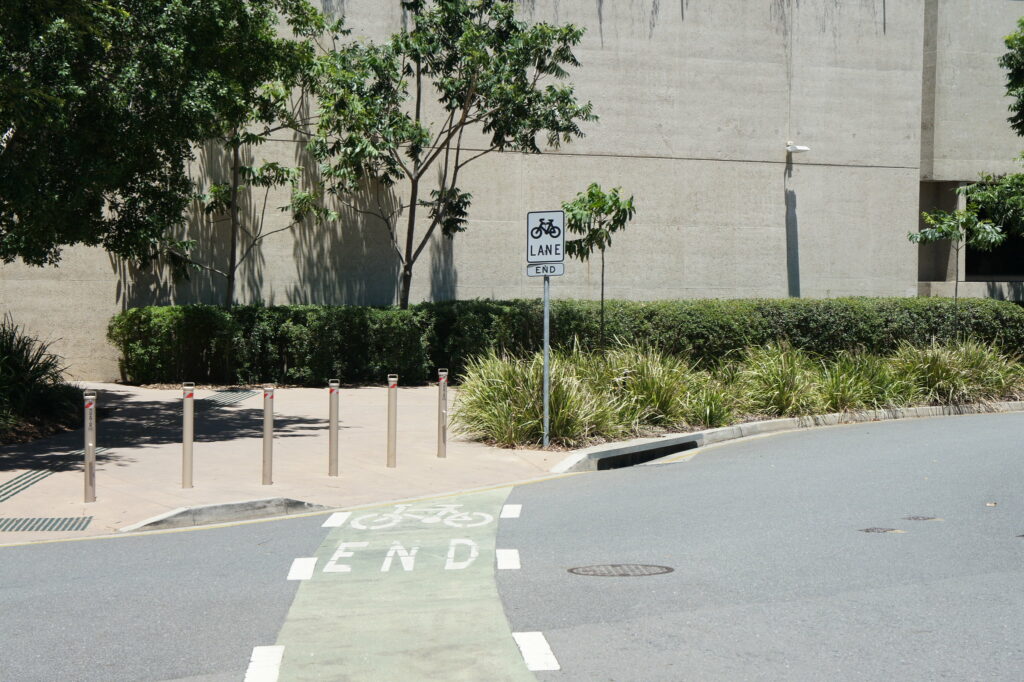
The post-COVID-19 city
In the depth of the crisis, the flexibility of temporary and tactical urban approaches has proved a powerful and practical tool. Tactics once considered “guerrilla” have moved from the realm of activists, urbanists and provocateurs to the desks of mayors, business leaders and planners. But as the limits have begun to appear, it is clear that what is driving this change isn’t a philosophical commitment to open up the city to the people or a new found appreciation for iteration and experimentation. It remains firmly grounded in a practical need for new types of commercial space.
As we move out of the COVID-19 crisis, our cities will need to evolve. Even a modest shift in working patterns will disrupt the entire urban and suburban ecosystem. The average worker spending even an extra day a week away from the office changes our cities dramatically. It collapses demand for office spaces and upends real estate markets. It undermines entire economies based on lunch time coffees, after work drinks, commuter retail and a spectrum of support services from cleaning to dry cleaning, interior design to IT.
It also changes what we need closer to home. Most homes weren’t designed to serve as a workplace for two separate adults and a classroom for a couple of children. In pre-pandemic times, “working from home” often relied—at least to some extent—on the availability of spill-over space. The idea that a hot desk, a cafe, a library, or even a pub could serve as overflow office, meeting room, break out space or just change of scenery was a given.
How will population movements impact dynamics? What will become of the empty offices and retail spaces? How will we reconfigure our homes, towns and neighbourhoods? What are the physical changes required to mitigate the lingering impact of this pandemic or, god forbid, the next one? Given these layers of uncertainty, the challenge for business, government and communities everywhere is less how to plan for the future but more how to adapt and evolve when we can’t.
While urgent responses to the pandemic have drawn heavily from community-led movements for practical inspiration, long term adaptation might benefit more from taking at least a few philosophical lessons. Experimentation is the best tool we have for navigating the unknown.
For those committed to building better cities, the glass post-COVID is both half full and half empty. Down one path, the embrace of cycling, the reclamation of car spaces and the demands for walkable, liveable, local places offers a step change towards sustainable neighbourhoods. Down another, the distrust of public transport, surging demand for private cars and a retreat to larger, self-contained homes set further apart is a descent into dystopia. If seized as an opportunity, we have a once in a generation experience of shared sacrifice to gird change.
In that spirit, the successes and failures of these attempts to reclaim street space, adapt quickly and move fast are important but insufficient. In the post-COVID city, the debate about whether the specific “temporary” changes will become “permanent” is probably considering the wrong question. The need goes far beyond allowing existing business to spill onto the streets. The best future needs a lot more: to create places that are shaped by their communities.
—
Marcus Westbury is the former CEO of Melbourne’s Collingwood Yards, a founder of Renew Australia and the author of the book Creating Cities (Niche Books 2015). You can find him on Twitter at @unsungsongs


